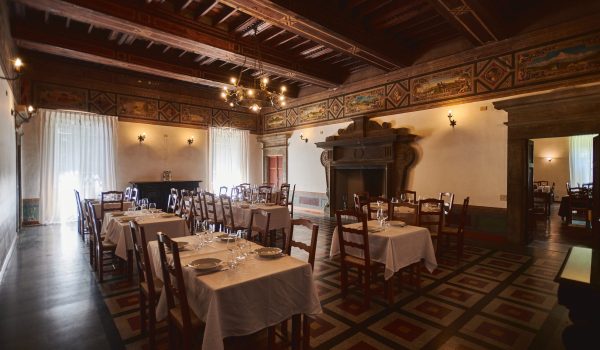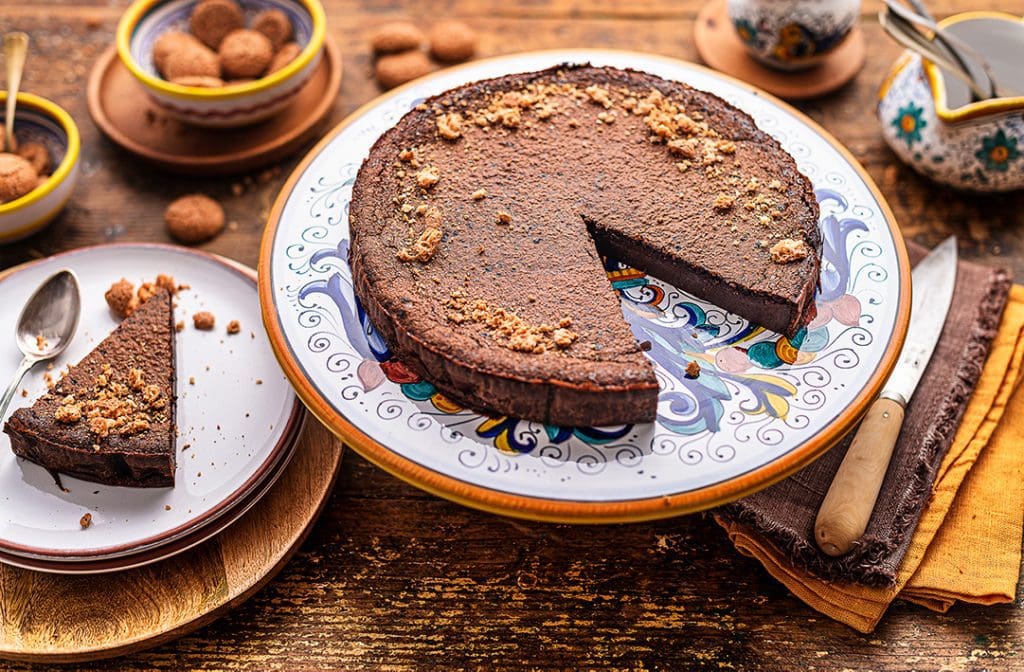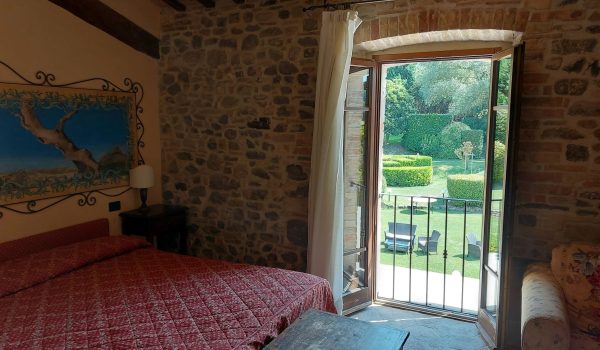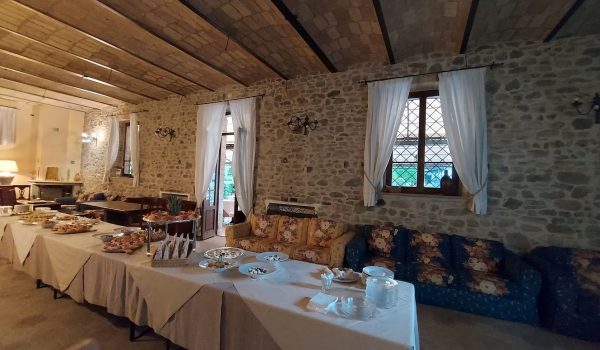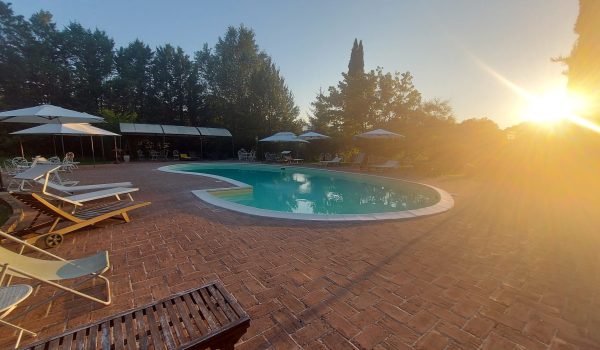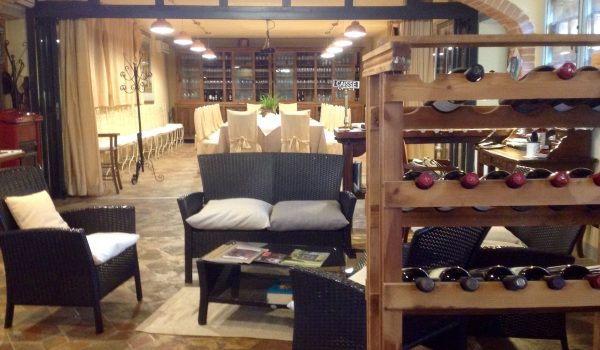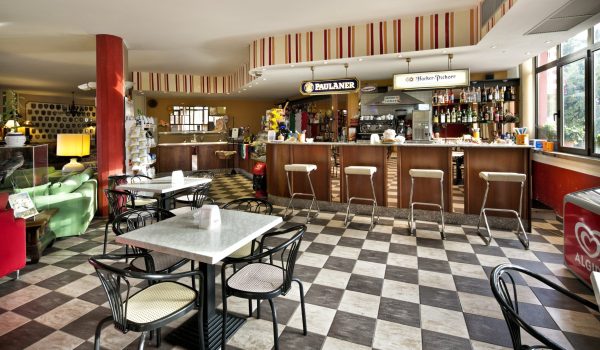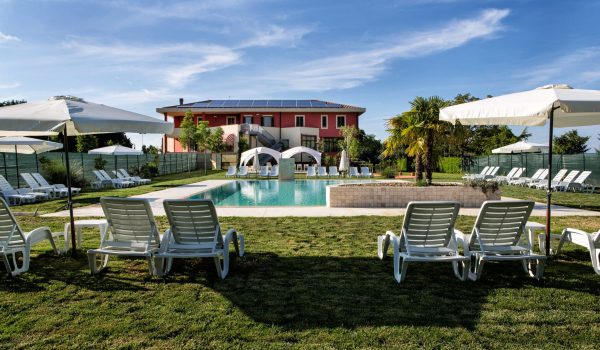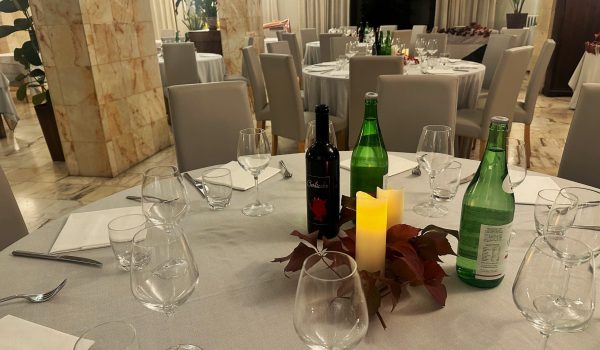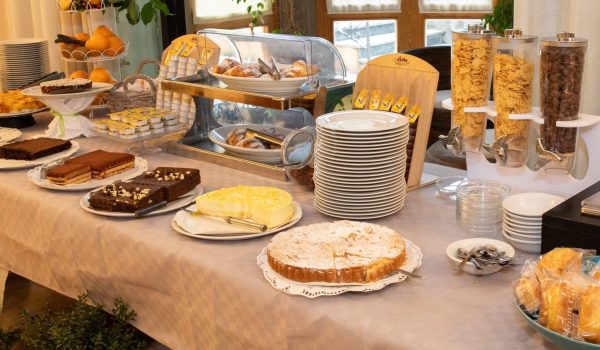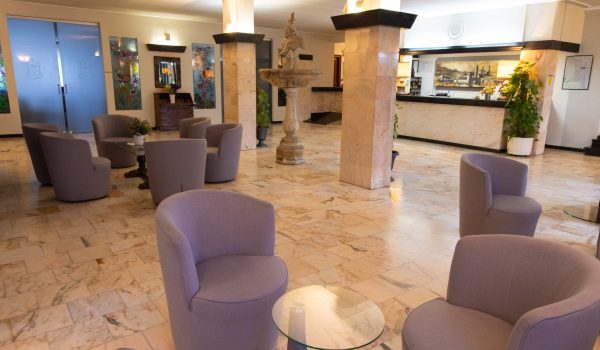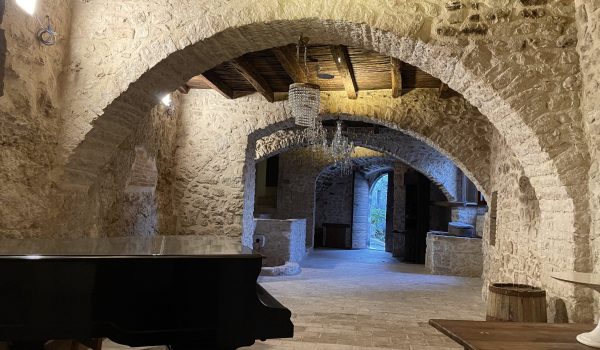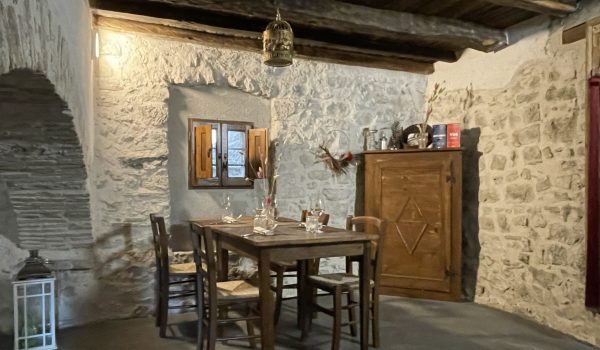Hotel Villa Ciconia
Hotel Villa Ciconia
Villa Ciconia is an authentic 15th century villa immersed in an oasis of centuries-old greenery from which you can reach the center of Orvieto in just a few minutes by car or by funicular.
A residence full of history and art, was originally a Roman tower “La Turchinetta” property of Monaldeschi of Cervara married with Catherina of Sweden, this enlargement was commissioned to Ippolito Scalza, a great architect and sculptor who became famous for being the master builder of the Orvieto Cathedral in 1567 and for the decorations created in the church such as the Pietà
The garden, where you find our swimming pool, is a real park, surrounded by 3 courses of water that make it a peninsula, with ancient Trees, Holms, Palms, roses, bamboos and other typical Mediterranean plants. In spring and summer is colored by flowers.
The Restaurant, on the ground floor is in the main hall with a lacunar ceiling with engraved and decorated stripes, painted with allegorical motifs and landscape scenes. One can admire a stone fireplace which is thought to be realized by “Ippolito Scalza”.
The twelve, unique rooms, whose windows overlook the park, are on the first floor.
The recent reconstructuring has retained all the original features of the villa (thick walls, large beams, and terracotta paving), altrough guaranteeing every comfort and the original atmosphere.




